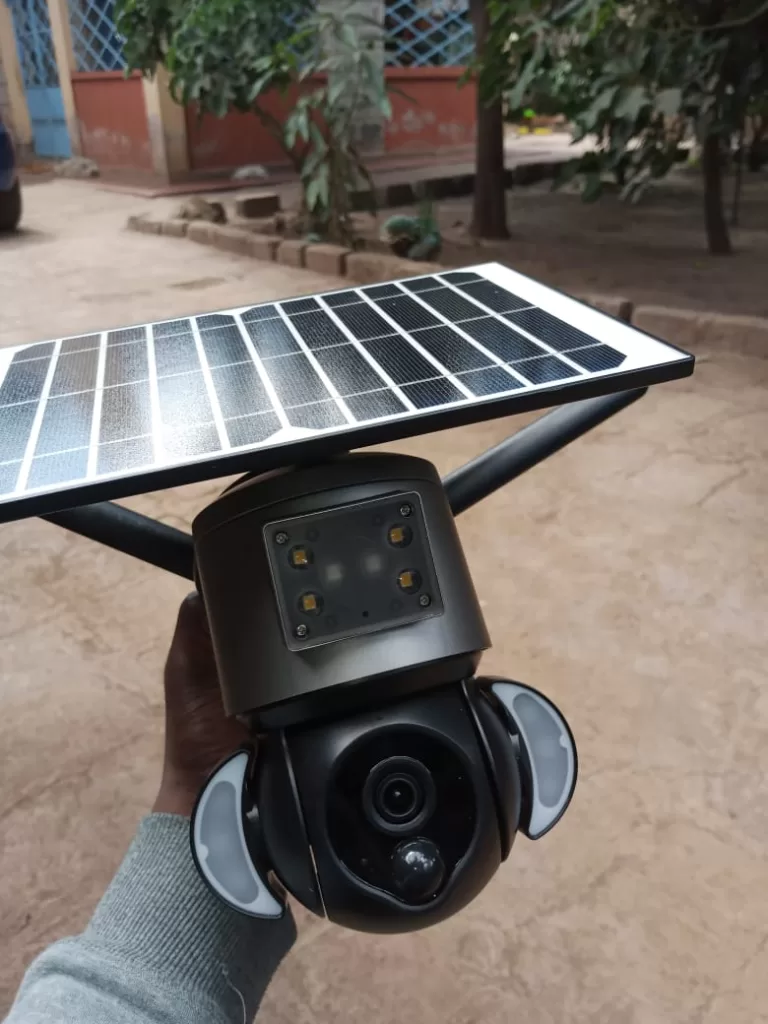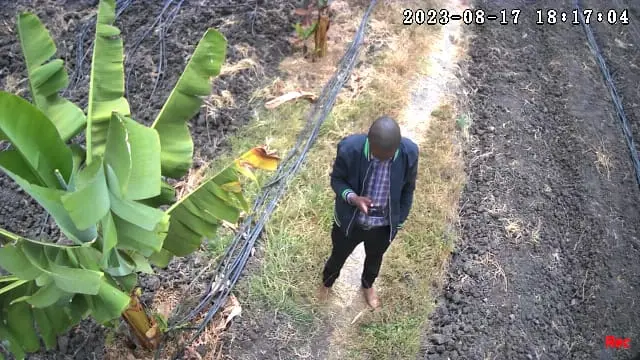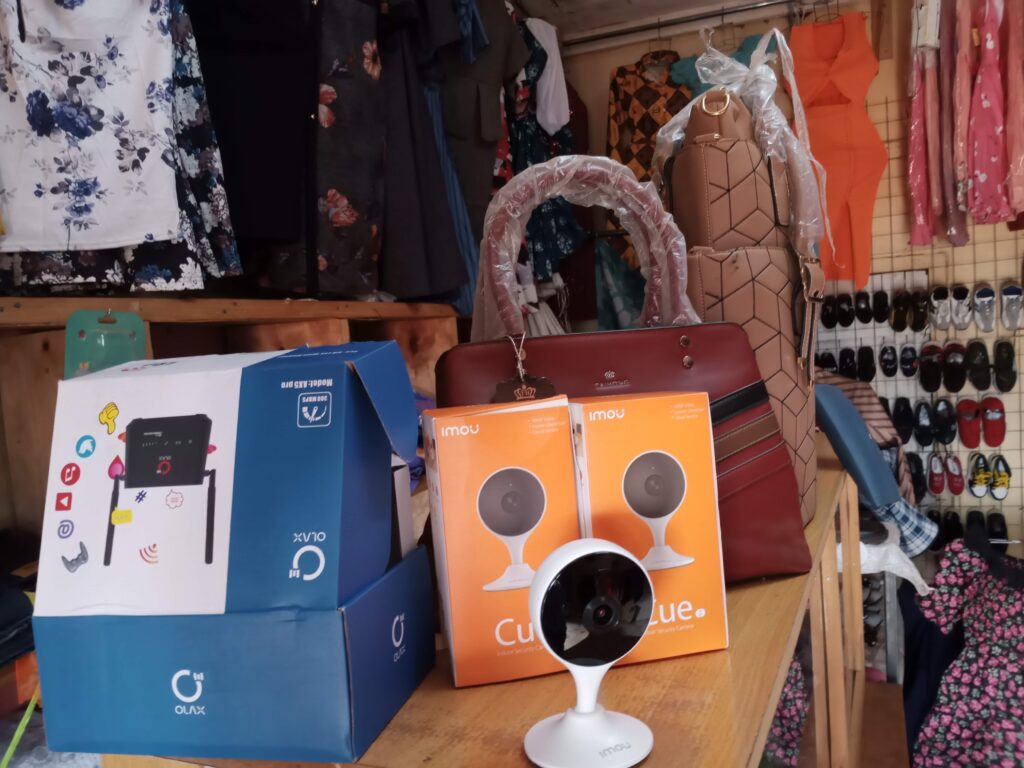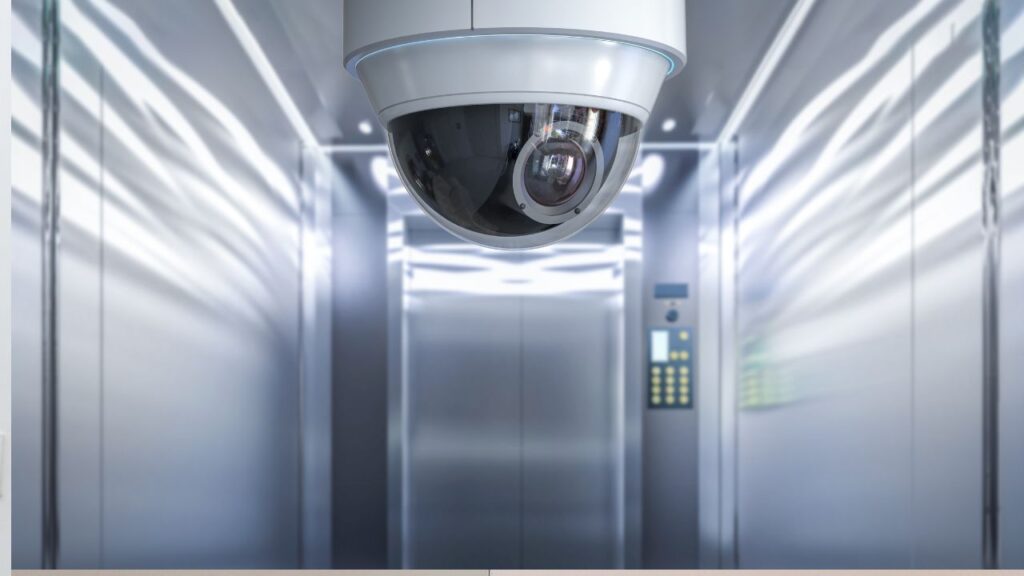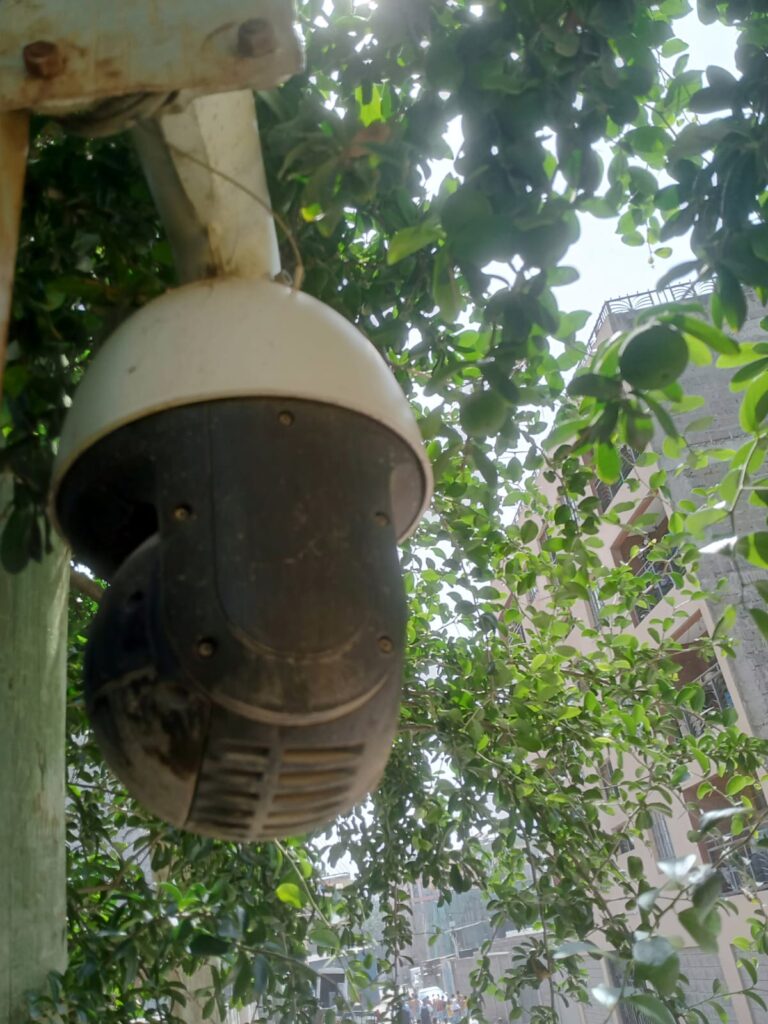ELECTRICAL LOAD EVALUATION AND SOLAR SYSTEM DESIGN INFORMATION
When designing an off-grid solar power system, it’s crucial to accurately estimate your energy requirements. Off-grid setups rely on batteries to store DC power from solar panels and convert it to AC power via an inverter. Inadequate energy storage can shorten battery life or even lead to system failure, leaving your home without power. Therefore, a thorough load evaluation is essential. Providing us with all the items in your premise that will require power helps determine precisely how much energy your home needs. It’s vital to include every energy-consuming device, no matter how small, to ensure an optimal system design that meets your household’s needs reliably.
Every electrical device or appliance in your home contributes to the total energy demand that your system must meet. Here are some key points to consider:
- Comprehensive Inventory: List all electrical devices and appliances in your home that will be powered by the off-grid system. This includes lights, refrigerators, HVAC systems, computers, entertainment systems, water pumps, etc.
- Power Consumption: Determine the power consumption (in watts or kilowatts) of each device. This information is typically found on the device itself or in its specification sheet.
- Daily Usage: Estimate the number of hours each device will be in use per day. This will help calculate the daily energy consumption for each device.
- Seasonal Variations: Consider seasonal variations in energy usage.
- Standby Power: Don’t forget to account for standby power consumption of devices that are always on, like clocks, routers, and appliances with standby modes.
- Conversion Efficiency: Factor in losses due to DC to AC conversion (via inverters) and charging/discharging losses in batteries. Typically, these losses range from 10% to 30%, depending on the system design and components used.
- Future Growth: Plan for future expansion or changes in energy usage. Your system should have some flexibility to accommodate increasing energy needs.
- Backup Days: Design the system to provide enough energy storage (in batteries) to cover periods of low sunlight or wind, typically a few days of autonomy.
By accurately assessing your energy needs, you ensure that your off-grid system is properly sized to meet your household’s requirements without compromising battery life or system reliability. This upfront effort in load evaluation will lead to a more efficient and cost-effective renewable energy system for your home.


